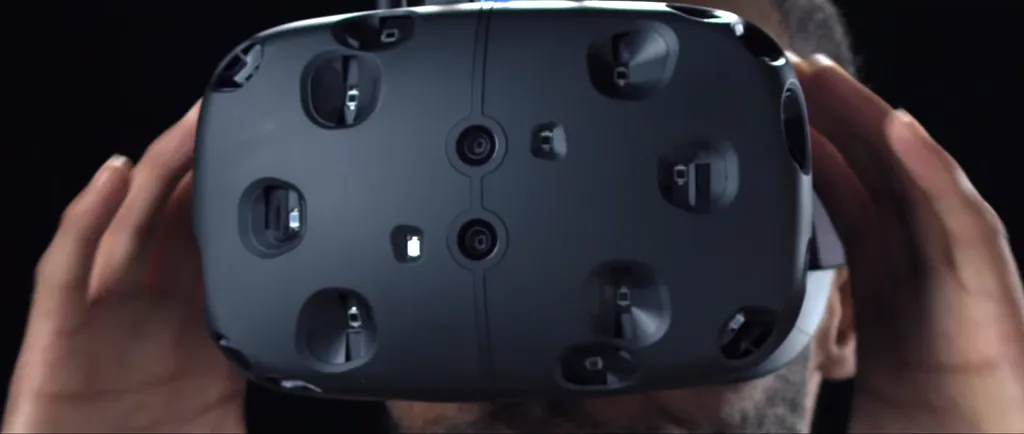Somewhere nestled deep in the US there is a room, a room that is an example of many more like it to come, a room in a private home dedicated to Valve and HTC’s Vive headset. I had a chance to visit this magical place recently and once again I had an experience I didn’t want to end. Seeing the Vive in a real world setting, as opposed to the sterilized and thoroughly calculated demo room was an entirely different experience that felt more organic and less orchestrated.
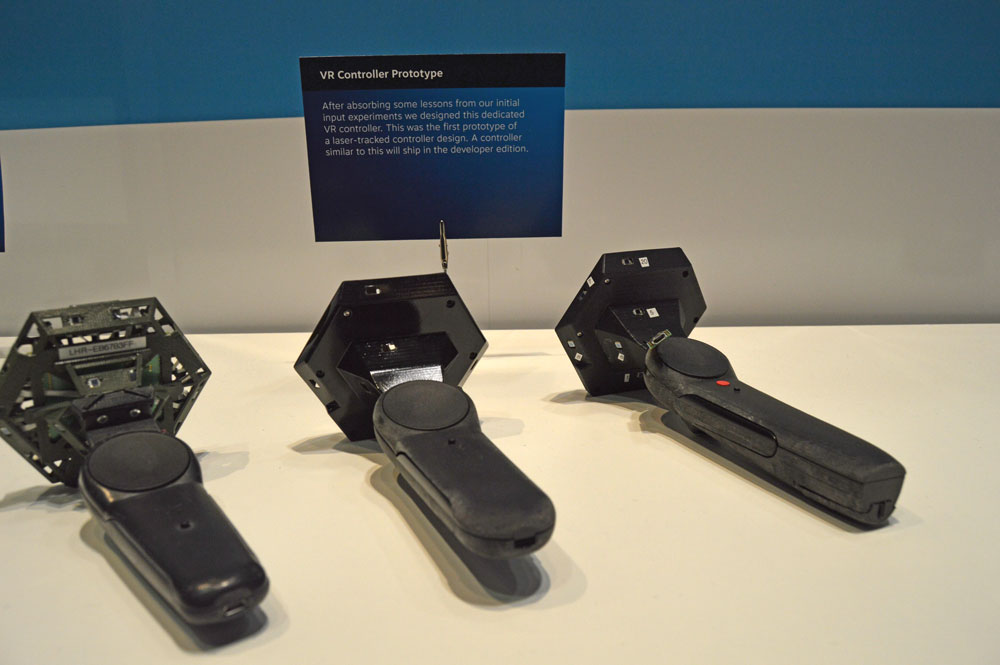
Right off the bat, I was told that the Chaperone system, which helps to make sure that you don’t run into walls and smack your controllers against things, was turned off during this demo. This is not the way that anyone will be experiencing the Vive in the future, so it isn’t an issue but experiencing room scale without it really emphasized the importance of the system. The reason it was disabled for the time being was because the demos right now are configured, down to the inch, specifically for the rooms at GDC, EGX Rezzed, etc. It is a temporary hardcoded override. Over and over again I watched a nervous wife and onlookers spring up to stop demoers from banging the controller against filing cabinets, lamps, and of course the ceiling fan and more than once they were too slow to stop them from banging the controller against things. As I said before, this is something that won’t be the case when it becomes commercially available, nor when more developers start getting their hands on them this spring. It was funny actually; the controllers I was using had been super glued together multiple times after several impacts with furniture and the ceiling, things that are the byproduct of getting the pre-development development hardware.
Adding to the madness, were all of the wires. In this setting (a more realistic one than GDC) they were a bit of a nightmare to deal with, as I found myself tangled up multiple times in them. This should start becoming less of an issue when the headset is released and again perhaps when it gets into more developers hands. I was told that Valve actually now has the wireless versions of the controllers working, and that they only just missed the deadline to show them at GDC. That being said, the cord to the HMD is going to be a nuisance that as of now is unavoidable and it is a problem that is only going to be exacerbated when you add a second Vive for multiplayer games (not that they exist yet, but the shared room experience is something that has a lot of developers very excited). Can you imagine having to untangle yourself from your friend every five minutes? It will get very old, very fast. Whoever decides to engineer and release an attractive ceiling mounted cord management system is going to be rich.
Now, lest you think this is a negative review of the Vive, I should make something crystal clear, it’s worth it. These are the first world problems of VR, not ones that are completely experience breaking. As soon as you take your first step, you are sold, even if that first step is a stumble over the cords. The experiences on the device are absolutely incredible all across the board. I had a chance to play with four more of the demos that are available, The Room, Tiltbrush, The Gallery, and Job Simulator. Each was as good as the last although I will admit, I was a little disappointed that Fireproof didn’t make a more interactive demo. The Room was a title I was extremely excited to play and the fact I wasn’t able to play with one of their puzzle boxes with the Vive controllers was more than a small let down. That being said, it was still a beautiful tease.
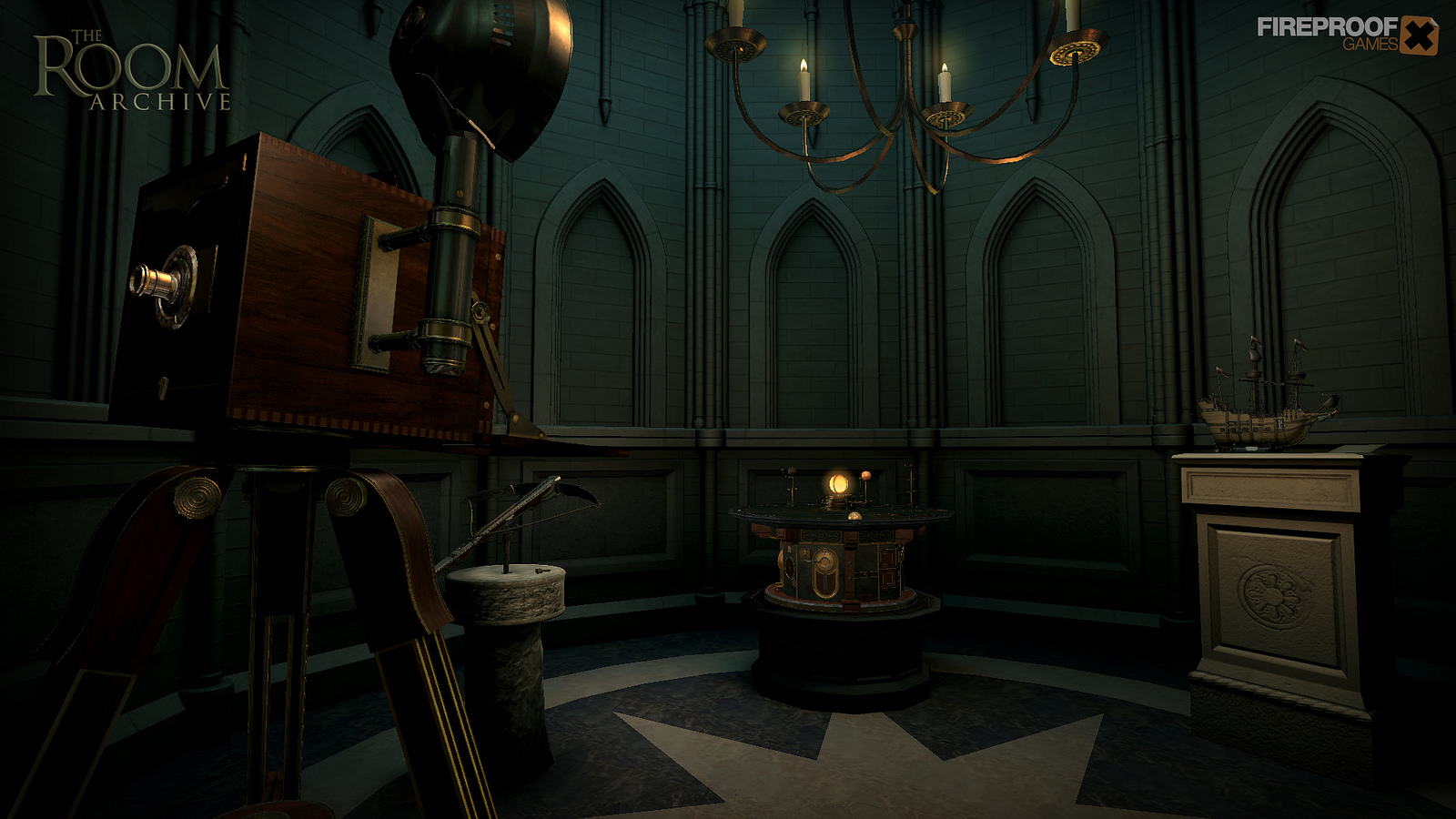
Entering The Room you are placed in a… well a room, with a number of objects around you just begging to be examined. As you approach each of these displays in the corners of the room they spring to life, and the scene around you shifts to a room that is representative of the device. This world was only visible when you were next to the object, and as soon as you took a step into it to explore, it would fade away and you would be back in the museum. This demo was very much so a look but don’t touch kind of thing and it really led to it paling in comparison with the other demos, whose level of object interactivity really made them immersive and fun to play.
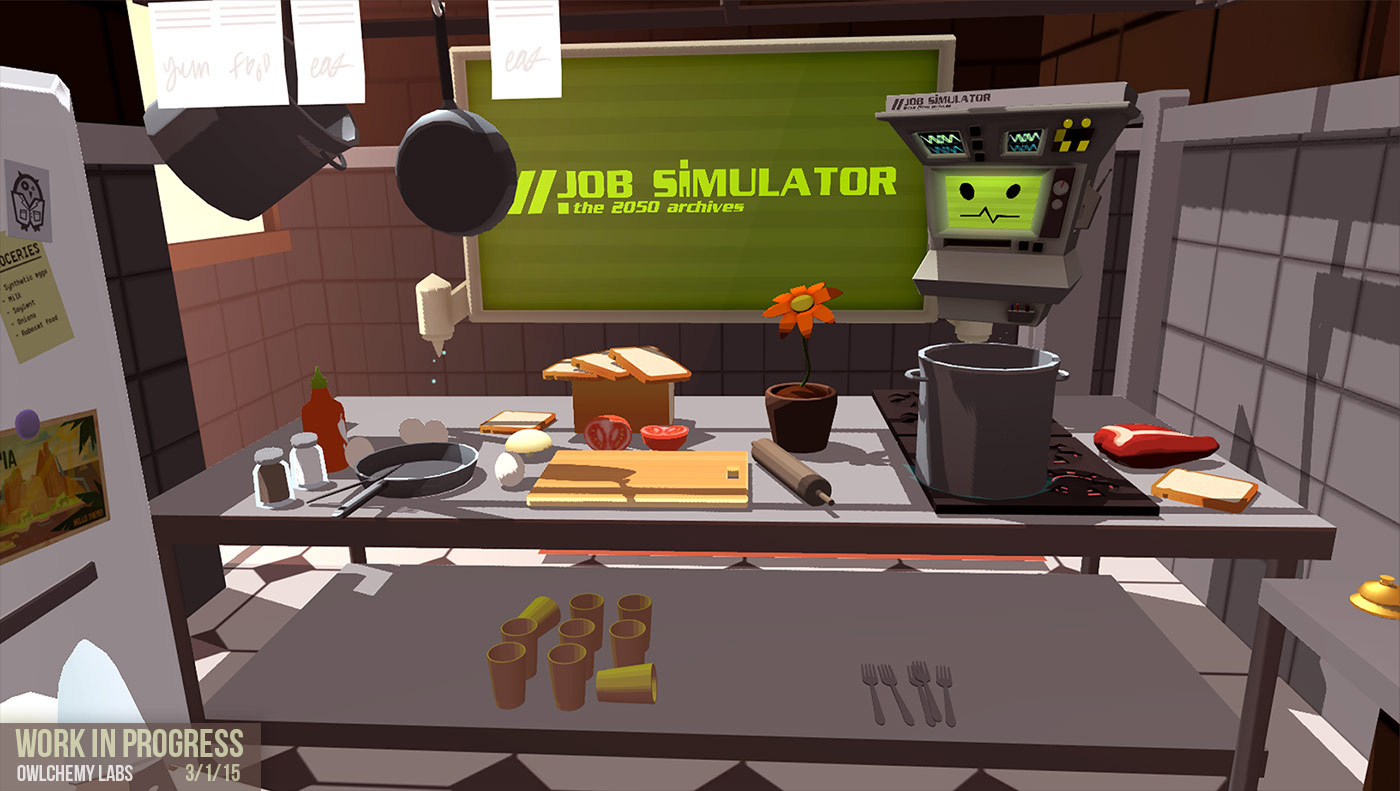
For example, I never would’ve guessed working in a kitchen could be so fun. Job Simulator is an ingenious title from Owlchemy Labs, the team behind Aaaaaculus!. In it you are a person from a future where all of the jobs are now automated. In an effort to keep humanity from forgetting what it was like to work, the Job Bot was created, running future humans through simulations of the jobs of the past. Putting on the headset, you are transported to this simulation, represented in a gloriously fun cartoonish art style. Sitting in the corner across from me, the Job Bot flickers to life offering me hilarious words of encouragement along the way. Think a less annoying version of Claptrap from Borderlands who also happens to be a chef instructor. Next to him is an instruction board listing the ingredients and cooking devices that I will need to work with to cook the meal. My first task is to make some hot tomato mushroom soup, using tomatoes, mushrooms, salt and sriracha. I walk over to the cooking island at the center of the room and grab the tomatoes off the counter. Picking them up I toss them up and down trying to juggle, albeit unsuccessfully. There still was something utterly satisfying about being able to toss and catch a tomato in VR, and it really showed off the accuracy of the controllers. Tossing all the ingredients into the pot on the stove in front of me, the Job Bot chirped a congratulatory message signaling that I had successfully cooked the dish and it was ready to go out for the order. This led to another minor wart with the room scale. In order to move on to the next part of the level, I needed to place the finished meal on a plate to my right and ring the bell. The only problem is that where the bell was in the virtual world there was also a cabinet in the real one. This is something that developers have mentioned will need to be taken into account, allowing for key elements in the game to reposition themselves in order for them to fit into the user’s space. Luckily there was just enough space in this current setup to carefully ring the bell and move on.
My next dish had me making a steak and egg sandwich. On the encouragement of the onlookers I decided to have a little fun with this part. The eggs as currently represented need a lot of force to break, so you have to either drop them on the ground or slam them on the table to get into them. I needed to break a few eggs to make this meal so I decided to put my beer pong skills to the test. Standing in the corner of the room facing the pot I attempted to toss them into it. I was stunned by how accurate this was. I was able to make subtle adjustments to the force behind my toss and was able to accurately judge the distance to the pot. I managed to get two of the eggs in the pot, to the delight of everyone in the room. (See mom, those years in the frat house were good for something!)
I want to pause for a moment here because the fact I was able to do that was pretty mind blowing. It was an incredible demonstration of the ability of these controllers, showing just how accurate they are when it comes to detecting motion. I have never felt so in control of a virtual environment as I did during that moment. I couldn’t get enough of it, as next thing I knew I was completely ignoring the cooking instructions on the board and instead was enjoying picking up as many things as I could (which was just about every object in the environment) and hurling them across the room. It was an utter disregard for virtual property that I observed pretty much everyone else fall into, one person even commented that it was what we all always wanted to do anyway, and without consequences why the heck not?! It was just good fun.
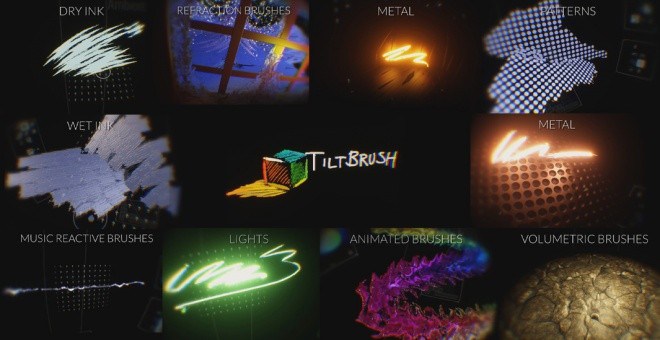
Speaking of good fun, Tiltbrush was absolutely stunning and I could see myself getting lost in that for hours on end. Created by the team at Skillman & Hackett, Tiltbrush places you in a blank, black room that is your canvas. In it you are able to create anything in your imagination using a variety of different brushes. Knowing I wanted to paint all around me, the first thing I did was sit down on the ground so that I didn’t hit the fan above my head. Looking down at my left controller I was presented with a number of different brush options, including some really cool light brushes. Using my brush in my right hand, I was able to “dip” it in the pallet on my left to choose the brush type, then turning the controller in my left hand slightly I was able to pick a color from a color wheel. This interface was unbelievably intuitive and among the best I have seen in VR.
https://www.youtube.com/watch?v=uFWw6hGIKmc
I selected the matte finish oil brush and shifted the color to brown. Using my brush hand I painted a small pile of firewood on the ground. As I touched the brush to the three dimensional canvas, it rumbled slightly mimicking the sensation of the brush flicking across a canvas. This was a subtle detail but one that was very appreciated. I went back to my brush options and this time chose a fire brush and painted a campfire on top of my logs. Flickering with light I scooted around it changing my perspective. I spent the next fifteen minutes doodling in VR with my mouth wide open the whole time, even drawing Super Saiyan Goku, complete with a glowing yellow aura. Satisfied with my creations I took off the HMD, but honestly it was only because I didn’t want to hog it, I could have easily spent hours in there. Tiltbrush truly is an incredible creative outlet that really gets me excited for the prospect of world creation in VR.
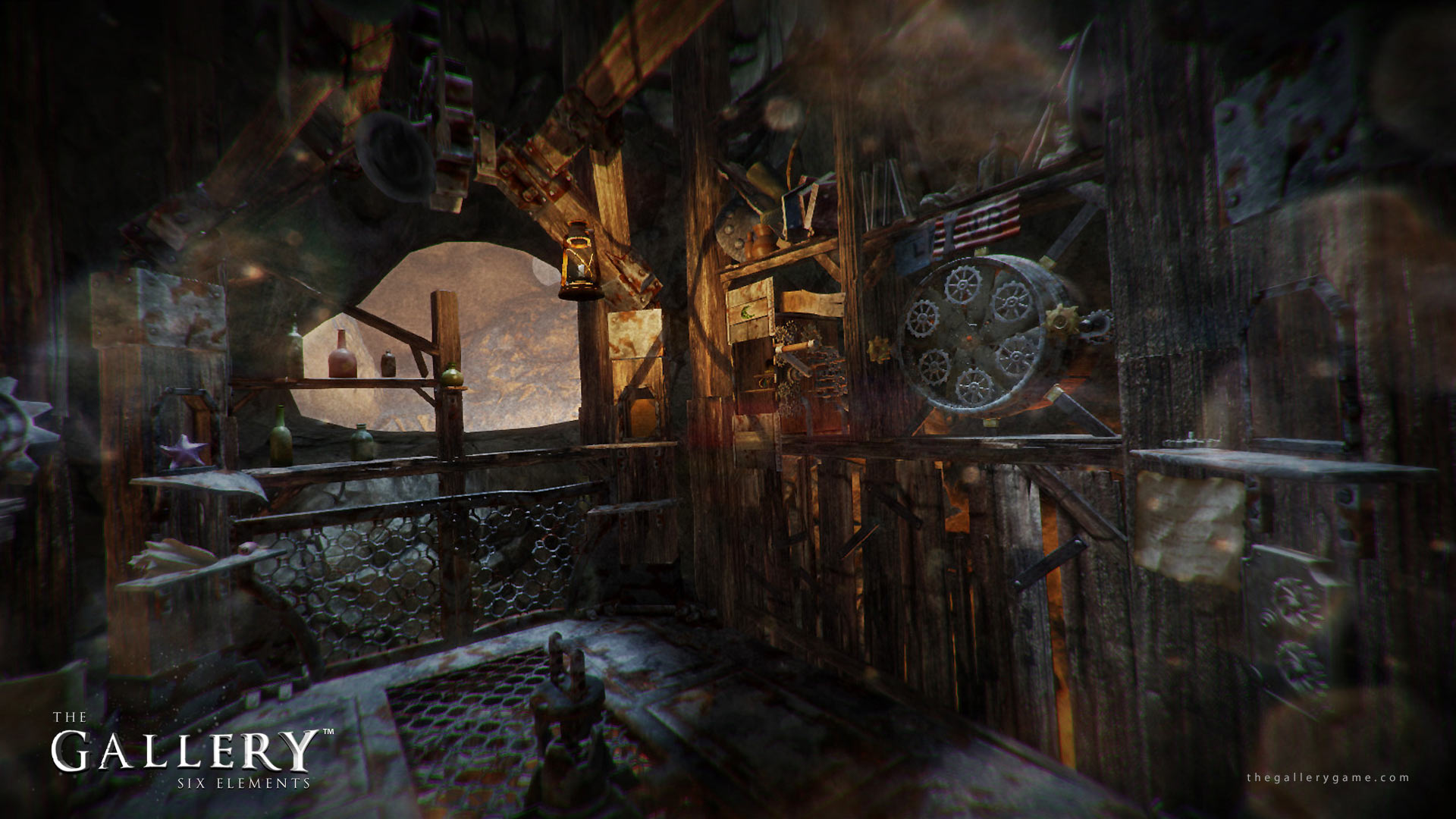
The last experience I got my hands on was The Gallery demo from Cloudhead. This was what I was hoping for with The Room, a puzzler with a high degree of interactivity with the objects in the environment. I was able to pick up and interact with just about everything in the room. I walked over to one of the shelves and found a pair of steampunk-esque opera glasses with emerald-tinted lenses. Picking them up, I brought them to my face and was able to look through them, just as I would in reality.
“They actually placed them on a stick,” interjected one onlooker, “because in playtests, a bunch of people were smacking themselves in the face with the controllers when they were a regular set of glasses.” It’s always fun picking up on little design pieces like this, but this anecdote is one that should be noted, as developers should be mindful of not creating situations where people are going to smack themselves in the face with the controller, or anything for that matter.
Finished with them, I dropped the glasses on the ground causing someone else to laugh, “that giant is going to be pissed when he sees your utter disregard for his treasures,” which led to the aforementioned comment about personal property in VR. I walked over to another panel on the wall, this one comprised of a number of gears. Reaching out with both hands, I turned to gear wheels simultaneously and then while continuing to keep one hand on the gear was able to use my other hand to reach into the newly revealed cubby and grab a cool coin like object; which I promptly spent three minutes dropping on the ground as I tried to flip it and catch it. I shot my hands up in the air in excitement when I finally did, momentarily forgetting about the ceiling fan. Smack! Oh crap….
Thankfully, the controller didn’t suffer any damage, but it further showed that even if you are completely aware that there are things around you in reality, the experiences on the Vive can be so incredibly immersive it becomes easy to momentarily forget your surroundings. The chaperone system will be key in helping prevent anyone or anything from getting hurt.
Awashed in embarrassment, I tried to just move on with the experience looking to help solve the puzzle I presumed I was presented with. Putting some gears I found laying around in place I was able to get the elevator I was standing on to start working. As it did I felt myself adjust my stance steadying against the creaky upward moving elevator. It was an odd sensation, the first time a camera in room scale moved without me, but it was effective as a transition device to the next area, where the experience ended. While I didn’t personally feel it, one person who tried it mentioned after that they felt as if the floor was shaking under their feet even though in the back of their mind they knew this was not possible, that is the level of immersion that is created with the Vive.
As I took off the headset of the last time that evening, I couldn’t shake the big grin off my face. Having had a chance to really feel it out at length, it really reaffirmed the sentiments I had after my first experience. The ability to move throughout the space is truly a game changer that really elevates the experience in VR. It also brings with it a whole new set of problems that developers will be forced to tackle. But those remaining issues seem paltry when compared with the fidelity of the current experience. The Vive is the best HMD I have tried, and likely will be until Oculus shows off its next version, which we all pray will be the consumer model. Palmer reiterated this weekend at SXSW that he was still confident the Oculus Rift will be “the best VR headset available, at any price,” when it is released. For now, we have the Vive and a release date that we hope they can stick to. Warts and all, it is something that everyone should be incredibly excited about. It’s time to start figuring out which room you are going to transform in your house, it is going to be worth it.

